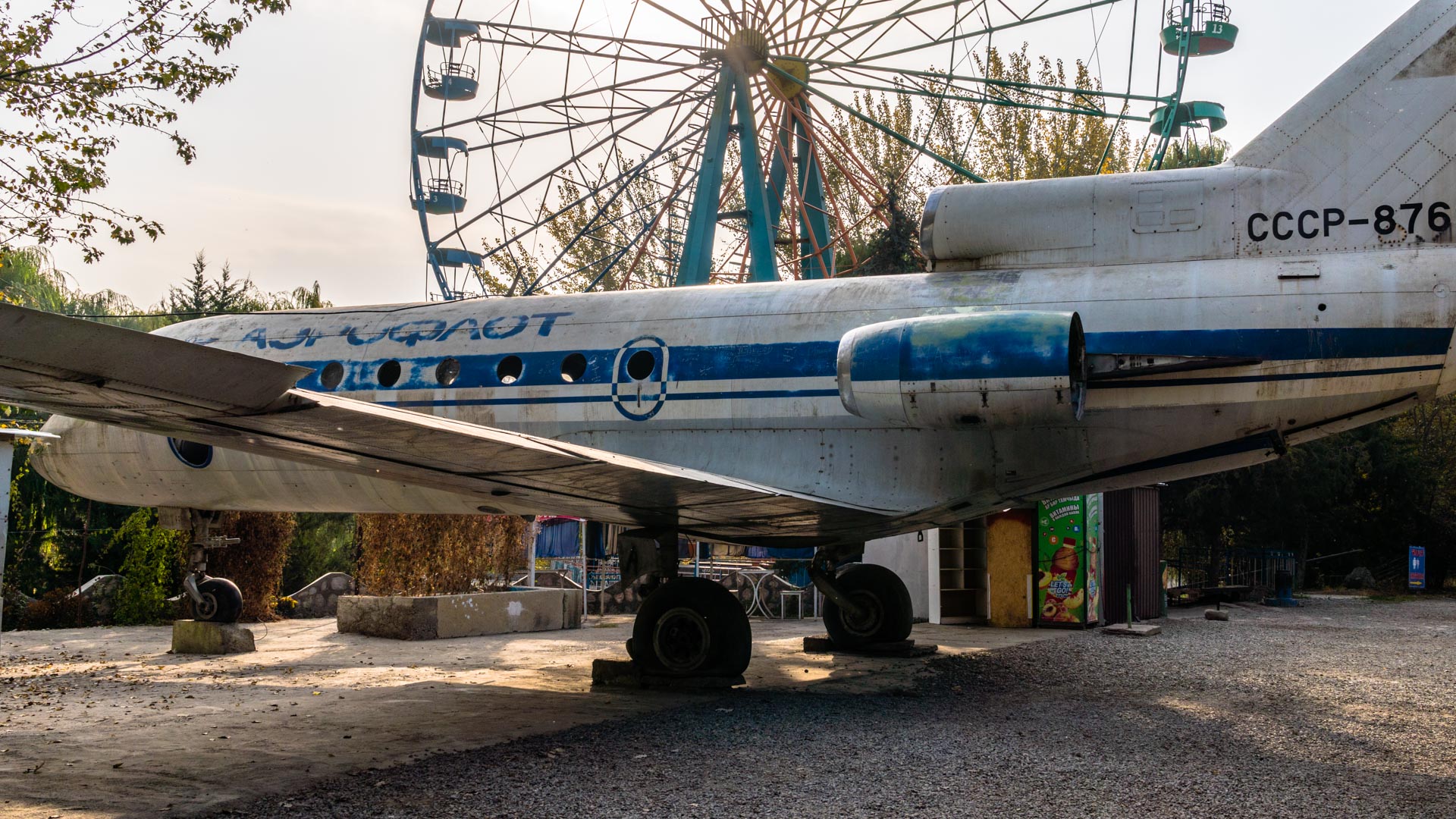Taiwan, Australia, Japan, Singapore… These past few days, the list of countries where it’s possible to book a seat in one of the flights to nowhere (i.e. without a destination, with an identical point of arrival to the departure one) is getting longer. A worrisome phenomenon, one more aberration in a world that is already suffering adverse effects of climate change…
Flights and pollution: a not so new observation
The fact is not new: flights are one of the most polluting forms of transport in existence. Often compared to the car in terms of pollution, the ecological impact of planes is often underestimated. Indeed, to the CO2 emissions generated by kerosene combustion should be added all the other pollution related to the flight, such as condensation trails that aggravate the effect of greenhouse gases and all other hidden pollutions (like on-board services, staff travels to work, etc.). At a time when there is a scientific consensus on global warming and climate change and that major and deep awaited changes to limit our greenhouse gas emissions are necessary to preserve our environment, booking flights to nowhere could be seen as a complete aberration.

Why we won’t fly anymore: data, analysis and solutions
Arguments that don’t make sense
As soon as one points out the aberration of these flights to nowhere, there are always people ready to defend the existence of these flights by putting forward arguments that do not make any sense. We have made a list of them, adding our detailed and sourcing (as much as possible) answers:
“Planes must fly to stay maintained”
Aircraft maintenance is always done on the ground. When planes are not flying, and to avoid their premature wear, ground maintenance workers must keep the aircraft airtight against insects and humidity, move the planes from time to time to prevent the tires from flattening, grease them to fight against corrosion, occasionally idle the engines to keep them running and avoiding the wear of engine parts… Under no circumstances is it mandatory for aircraft to fly for maintenance.
“Pilots must continue to fly to keep their license”
In Europe, regulations require pilots to make three landings or takeoffs within a 90-day period. During the pandemic outbreak, European Aviation Safety Agency (EASA) has even waived the validity period of qualifications and allows simulator trainings: a pilot does not need to actually fly to keep his license, he can actually perform the three mandatory maneuvers on a flight simulator – just like these Belgian pilots, who had to train on one of the 6 operating flight simulators in Brussels, usually used to train Brussels Airlines pilots.
“We have to find a solution to maintain employment”
People who stop flying do not stop travelling: night trains are resuming all over Europe, cycling tourism is on the rise… Initiatives to aircraft are popular, and many jobs are being created in these sectors. Would it be an utopia to consider a retraining program for aeronautical workers, using public money already granted many times by the European states to try to save a sector always in crisis?
Facing this kind of aberration, let’s express our indignation
Dealing with the outcry over the introduction of a 7-hour no destination flight, Australian airline company Qantas has promised to pay to offset the carbon emissions of its flights to nowhere. In Singapore, environmental groups have listed several hundred counter-proposals for Singapore Airlines to continue generating additional revenue without taking off its aircraft. Proof that facing this kind of aberration, we should not hesitate to express our indignation loud and clear!
* Post written according to our personal experience *